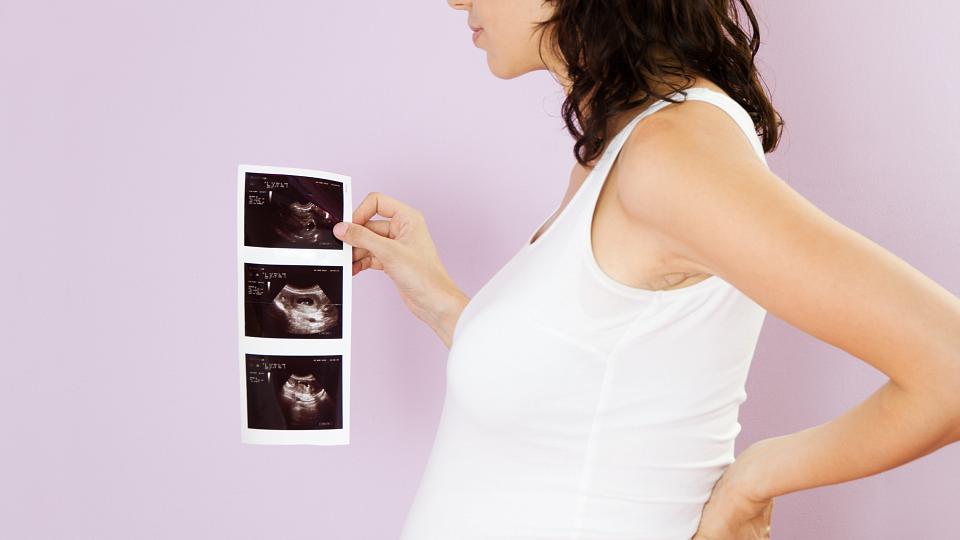
Preeclampsia: Know the Risk Factors and Signs
Preeclampsia is a serious complication that happens in pregnancy, usually near term, but can occur as early as 20 weeks or even after delivery. It is most commonly characterized by hypertension (high blood pressure) and protein in the urine.
According to the Centers for Disease Control and Prevention (CDC), preeclampsia happens in about 1 in every 25 pregnancies in the United States.
Catching It Is Critical
Preeclampsia can be life-threatening for both mom and baby, so catching and treating it early is very important to lower the chances of further problems.
“It’s called preeclampsia because it happens before a condition called eclampsia, which are seizures that happen because someone has swelling their brain,” says Lauren Theilen, MD, an assistant professor of obstetrics and gynecology at University of Utah Health. “Poorly controlled preeclampsia can have dangerous effects on many different parts of the body.”
Besides eclampsia, untreated preeclampsia can lead to the following:
- Stroke
- Leakage of fluid into the lungs
- Swelling or tearing of the liver
- Kidney dysfunction
- Low blood platelet count
- Heart disease
- Placental dysfunction or failure
- Baby not getting enough oxygen
- Low birth weight
- Stillbirth
Recognizing the Symptoms
Regular prenatal appointments are important to check your blood pressure. Monitoring it regularly, especially later in pregnancy, is crucial to catching preeclampsia.
Other symptoms include:
- Swelling of the hands, feet, and face
- Sudden weight gain over one or two days
- Headaches that don’t go away with usual treatments
- Vision changes, such as blurred vision or seeing spots
- Shortness of breath
- Nausea or vomiting
- Abdominal pain, especially in the upper right quadrant
- Urinating less
It is also possible to have preeclampsia with no symptoms at all.
“It’s important to keep up with blood pressure surveillance because some people, even with severe preeclampsia, might not feel any different.”
Know if You’re at Risk
An exact cause of preeclampsia is unknown, so it’s difficult to accurately predict who will develop preeclampsia and who won’t. However, some risk factors make it more likely. If you have any of the following risk factors, be sure to communicate with your prenatal care team so they can monitor your pregnancy accordingly:
- History of preeclampsia in a previous pregnancy
- First-time pregnancy
- Chronic hypertension
- Diabetes
- Obesity
- Pregnancy with multiples (twins, triplets, or more)
- Advanced maternal age (over 35 years)
- Family history of preeclampsia
- Kidney disease
- Autoimmune disorders, such as lupus
- Socioeconomic factors
“Even people without risk factors will sometimes get preeclampsia, but knowing those risk factors can be helpful in identifying those who would benefit from preventive treatments like aspirin,”Theilen says. “I would encourage all pregnant people to talk to their prenatal care provider about whether they should take aspirin because it’s the only thing that we know reduces the risk of preeclampsia.”
Treatment After Diagnosis
Preeclampsia ranges from moderate to severe, but the only way to cure the condition is to deliver the baby. If you have severe preeclampsia, your doctor will likely recommend preterm delivery before 37 weeks.
“Because of all the potential bad things that can happen to moms and babies, sometimes delivery has to be recommended earlier than would be ideal,” Theilen says. “We’re balancing the risks related to prematurity against the risks of stillbirth and major maternal health problems associated with a preeclampsia diagnosis.”
Mild cases of preeclampsia can be monitored outside the hospital with frequent blood pressure checks, fetal well-being checks, and lab work. Severe cases of preeclampsia should be treated with blood pressure medication and more frequent checks of maternal and fetal well-being in the hospital. Recommended delivery timing depends on the severity of the disease.
Awareness of what preeclampsia is, its signs and symptoms, and whether you have risk factors can help you get the proper prenatal care for a healthy pregnancy.
“Pregnant patients can bring any signs or symptoms to the attention of their health care team and advocate for themselves if they feel like something is not quite right,” Theilen says. “That way we can make sure we detect preeclampsia and take appropriate care of it.”
Early Pregnancy Assessment Clinic (EPAC)
Providing compassionate, non-judgmental pregnancy care with respect for your individual journey






